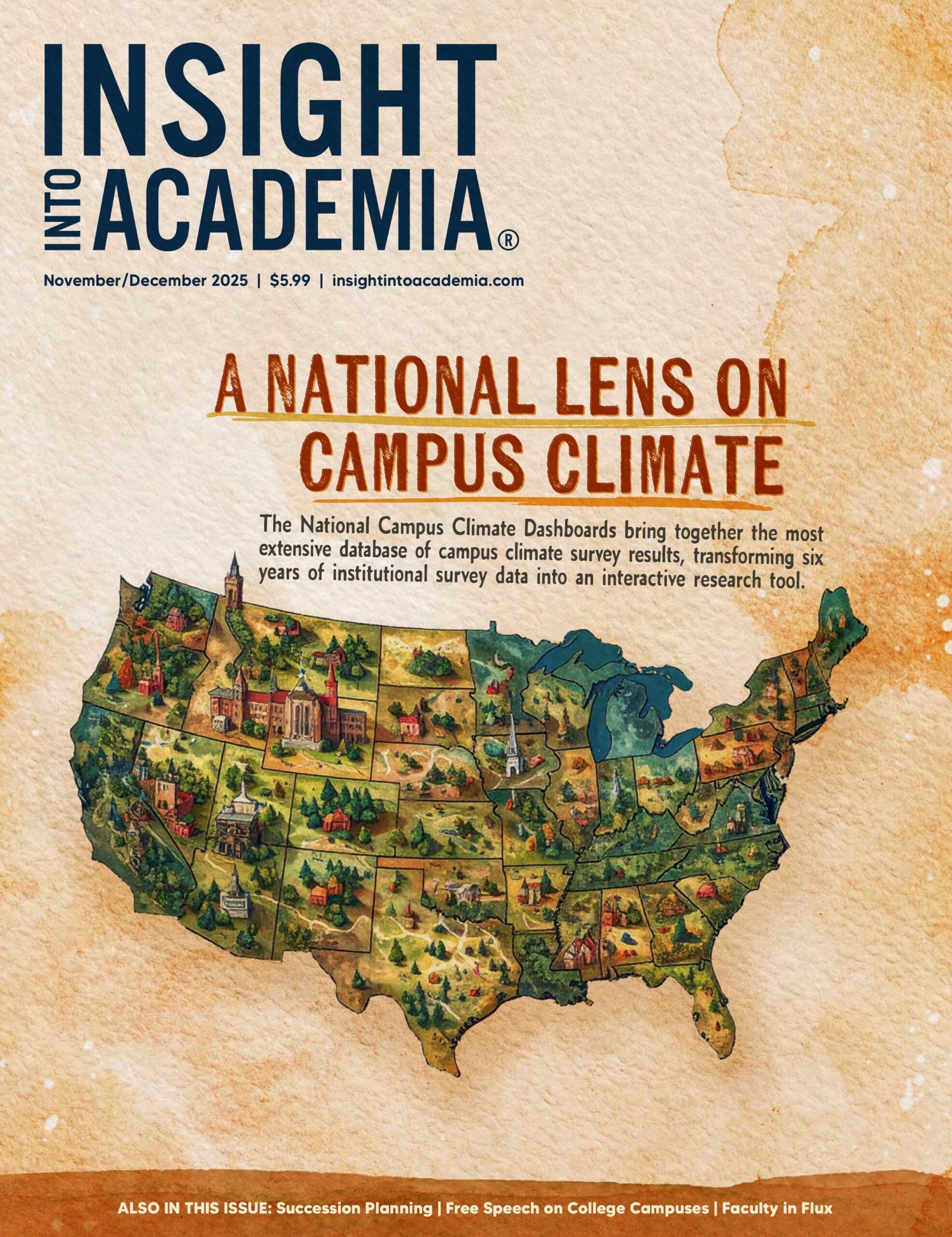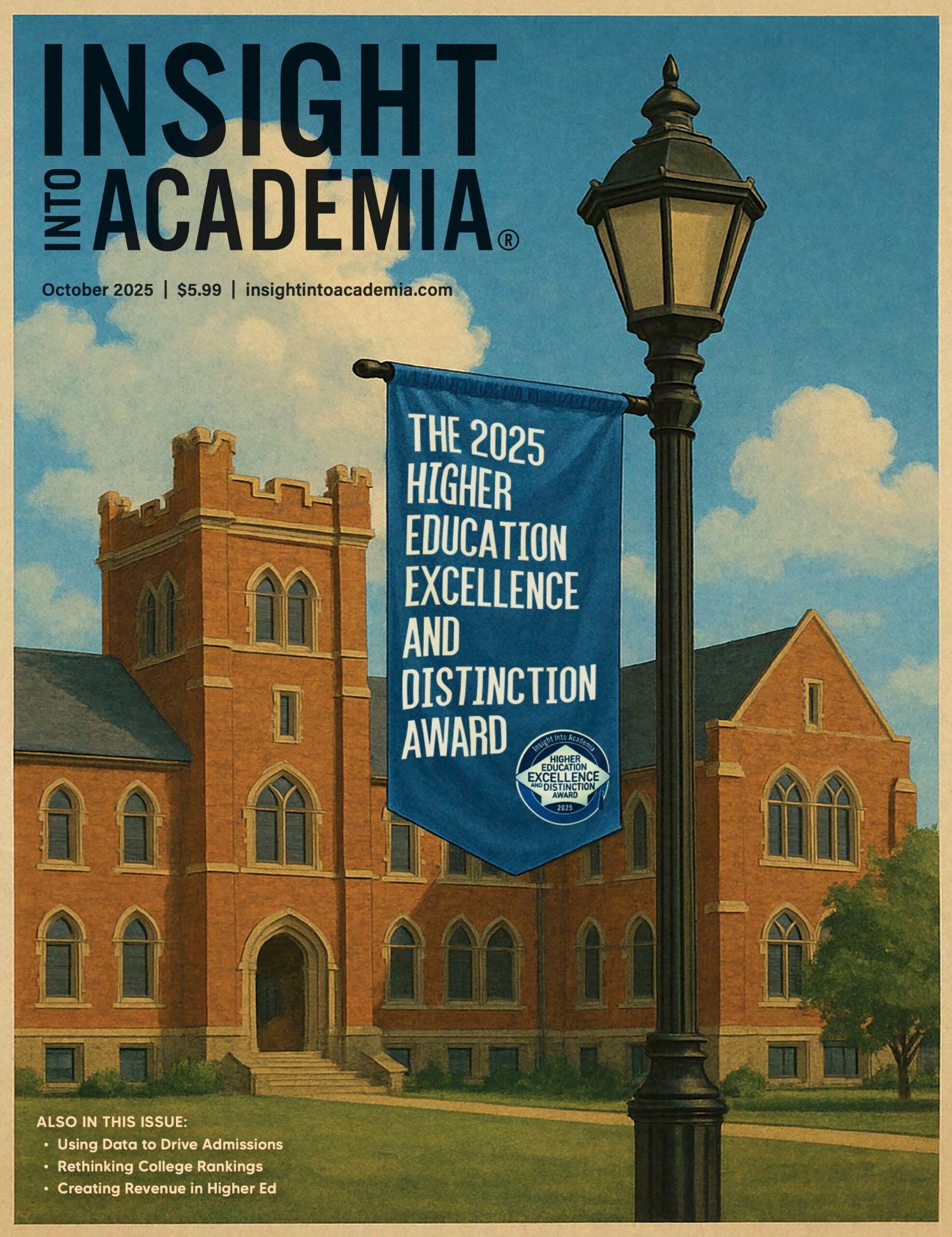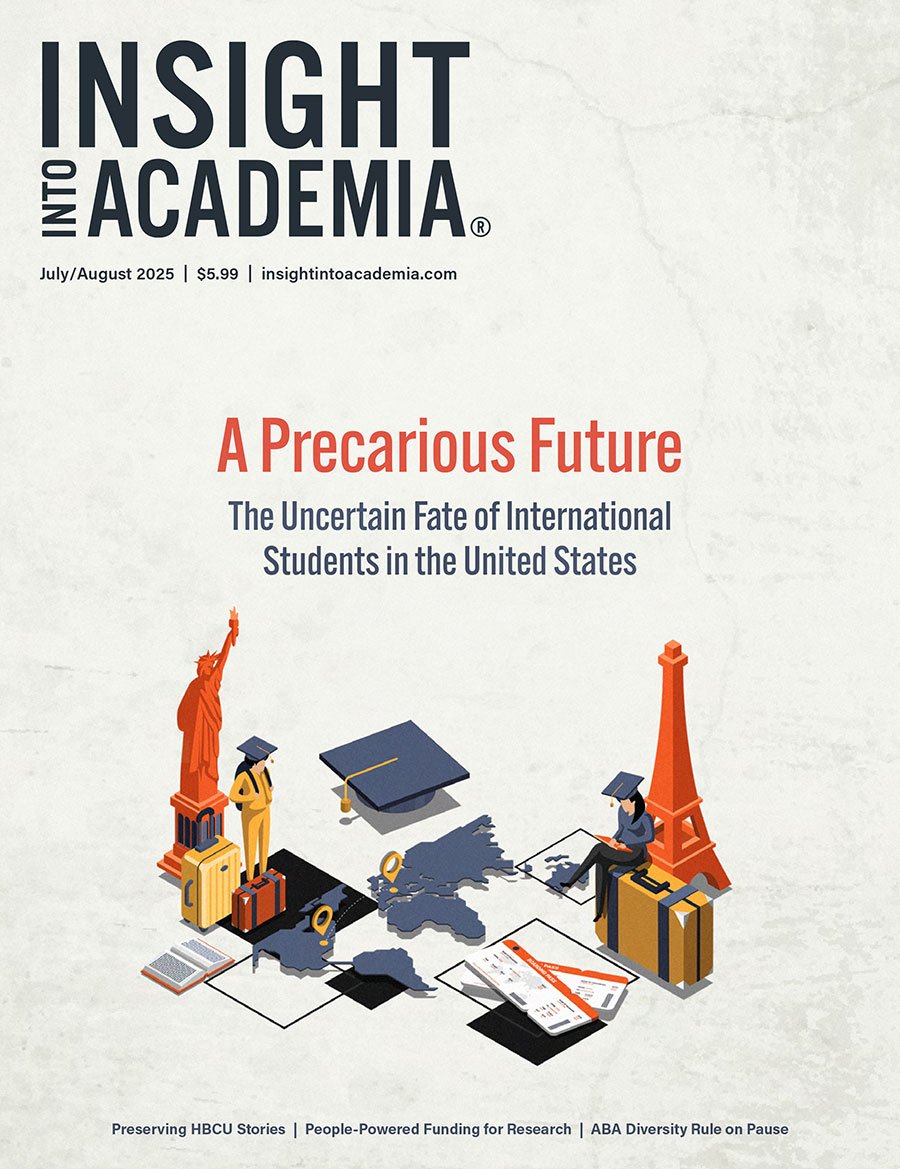College student transfers grew 5.3% in fall 2023 compared to the previous year, a growth of nearly 63,000 students, according to a new report by the National Student Clearinghouse Research Center (NSCRC).
The annual report “Transfer and Progress” finds the number of transfer students has increased significantly, especially among underrepresented populations, pointing to continued recovery from the start of the COVID-19 pandemic.
It pulls from data on undergraduate transfers and the progress of recent community college cohorts. The transfer research is based on the behaviors of 11.7 million fall undergraduates, from a group of institutions that have consistently reported data to the NSCRC.
In the fall, transfers made up 13.2% of all continuing and returning undergraduates, up from 12.5% in 2022.
Among the different kinds of transfers, including reverse transfer (from a four-year to a two-year), lateral transfers (from a two-year or four-year to another institution of the same size), and upward transfers (from a two-year institution to a four-year) — upward transfers showed the largest growth, at nearly 8%. This type of transfer increased the most at highly competitive and selective institutions.
Among the populations who saw the greatest rise in transfer enrollment are underrepresented students, including those from low-income backgrounds, Black and Hispanic students, and those from rural community colleges.
Community college students from middle- and low-income backgrounds also saw great gains in transfer enrollment to selective four-year colleges.
“Students are on the move again, and this is good news,” said Doug Shapiro, executive director of the NSCRC, in a statement. “More community college students entering bachelor’s programs this fall means greater access to four-year degrees, especially for those from lower-income backgrounds.”

















